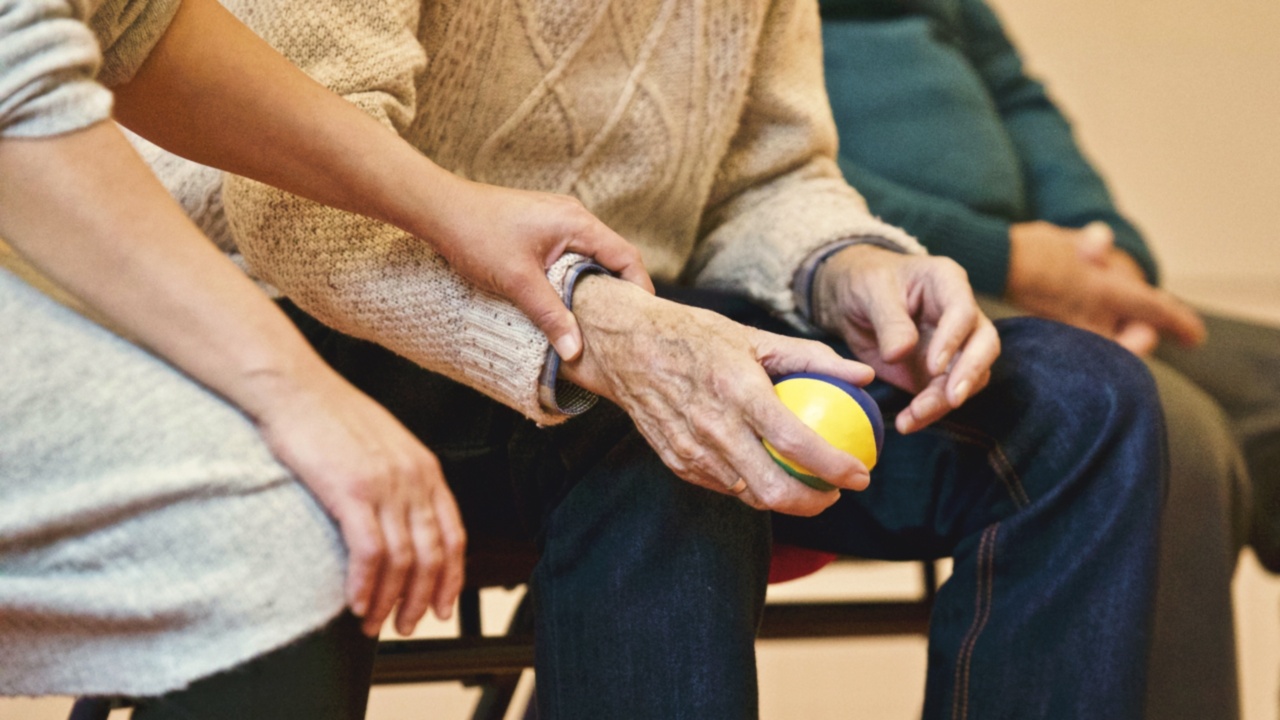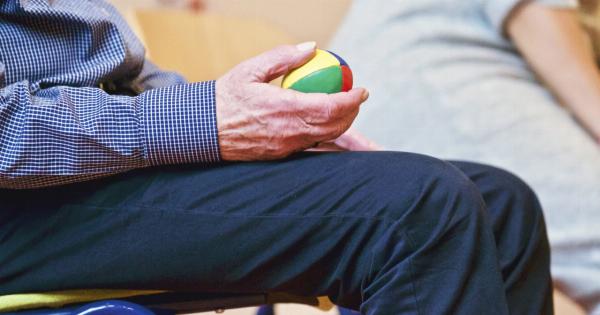Heart attacks, also known as myocardial infarctions, are life-threatening events that occur when the blood flow to the heart muscle is blocked.
They are a leading cause of death worldwide, and early detection is crucial in preventing severe damage to the heart or even death. While traditional risk factors such as high blood pressure, smoking, and high cholesterol levels have been used to predict the likelihood of a heart attack, recent research suggests that our skin could provide valuable insights into our heart health.
The Link Between the Skin and the Heart
Our skin is the largest organ in our body and plays a vital role in protecting us from external threats. However, it also provides clues about our internal well-being.
The complex network of blood vessels running beneath the surface of our skin allows researchers to investigate the relationship between the skin and the heart.
Skin Temperature and Heart Attacks
A significant body of evidence suggests that changes in skin temperature could indicate an imminent heart attack. Studies have found that individuals who experience heart attacks often have localized areas of hot or cold skin.
These temperature abnormalities are thought to occur due to the disruption of blood flow caused by a narrowing or blockage of the coronary arteries.
Electrical Conductivity and Heart Health
Another skin characteristic that has shown promise in predicting heart attacks is electrical conductivity.
Our skin has a slight electrical current flowing through it, and disruptions in this current can provide insights into our heart’s functioning. Researchers have discovered that individuals who are at risk of a heart attack often exhibit altered electrical conductivity in their skin, particularly in the areas surrounding the heart.
The Role of Sweat in Heart Attack Prediction
Sweat, often considered an annoyance, has been found to contain valuable information about our heart health. Sweat is comprised of various substances, including electrolytes, metabolites, and proteins.
Researchers have found that individuals prone to heart attacks have unique patterns of these substances in their sweat. By analyzing sweat composition, doctors may be able to identify those at a higher risk of experiencing a heart attack.
The Potential of Skin Biopsies
While non-invasive methods are preferable, skin biopsies can provide even more detailed information about our heart health. These biopsies can uncover microscopic changes in the skin that indicate an increased risk of a heart attack.
For example, researchers have discovered that individuals at risk of a heart attack often have increased levels of inflammation in their skin cells. Detecting these changes through skin biopsies could allow for earlier intervention and potentially prevent a heart attack.
The Role of Imaging Techniques
Advanced imaging techniques such as infrared imaging and high-frequency ultrasound have also proved useful in predicting heart attacks.
Infrared imaging can detect abnormal blood vessel patterns in the skin, providing insights into potential blockages or obstructions in the coronary arteries. High-frequency ultrasound can help determine the thickness and elasticity of the skin, which are known to be altered in individuals at risk of a heart attack.
Machine Learning and Predictive Algorithms
The integration of machine learning algorithms with data extracted from the skin holds significant promise in accurately predicting heart attacks.
By analyzing large datasets containing information such as skin temperature, electrical conductivity, sweat composition, and microscopic changes, algorithms can identify patterns and develop predictive models. These models could help healthcare providers identify individuals at high risk of a heart attack and implement preventive measures promptly.
Challenges and Limitations
While the use of skin characteristics to predict heart attacks shows tremendous potential, several challenges and limitations need to be addressed.
Firstly, the detection methods and technologies require further refinement to ensure accuracy and reliability. Additionally, larger-scale studies are needed to validate the effectiveness of these skin-based approaches in predicting heart attacks across diverse populations.
Furthermore, ethical considerations surrounding the use of personal data and privacy need careful attention.
Conclusion
Our skin, often regarded as merely a protective barrier, may hold the key to predicting heart attacks.
Through changes in skin temperature, electrical conductivity, sweat composition, and microscopic characteristics, researchers have identified meaningful relationships between the skin and the heart. By harnessing advanced imaging techniques and machine learning algorithms, healthcare providers may soon be able to identify individuals at high risk of a heart attack, allowing for early intervention and potentially saving lives.

























